Copilot might just make you a lazy coder. That's right, the tool designed to streamline your work could end up being your biggest crutch. It serves up code like a chef serves dinner, but don't forget who's supposed to be in the kitchen. Coding is an art, and Copilot, well, it's kind of like paint-by-numbers.
Now, before you get your keyboards in a twist, let's get one thing straight. Copilot is ingenious—there's no doubt about that. It swoops in with suggestions like whispers from a seasoned mentor. But it's easy to get cozy, to stop flexing your problem-solving muscles when a machine’s doing the heavy lifting.
Here's where the plot twists. Copilot, for all its slick tricks, isn't here to replace you. It's more sidekick than superhero.
This guide will show you how to keep your coding chops sharp while making the most of your algorithmic ally. From maximizing efficiency to navigating ethical minefields, you'll learn to co-pilot with Copilot, not just ride shotgun.
So, buckle up. Let your brain do more heavy lifting than your fingers as we navigate the ups and downs of your newest coding companion. No fluff. No jargon. Just straight talk about making this tool work for you, not against you.
What is Copilot?
Copilot is like a smart assistant for coding. Think of it as a helper that sits right in your Visual Studio, ready to offer suggestions or finish your lines of code.
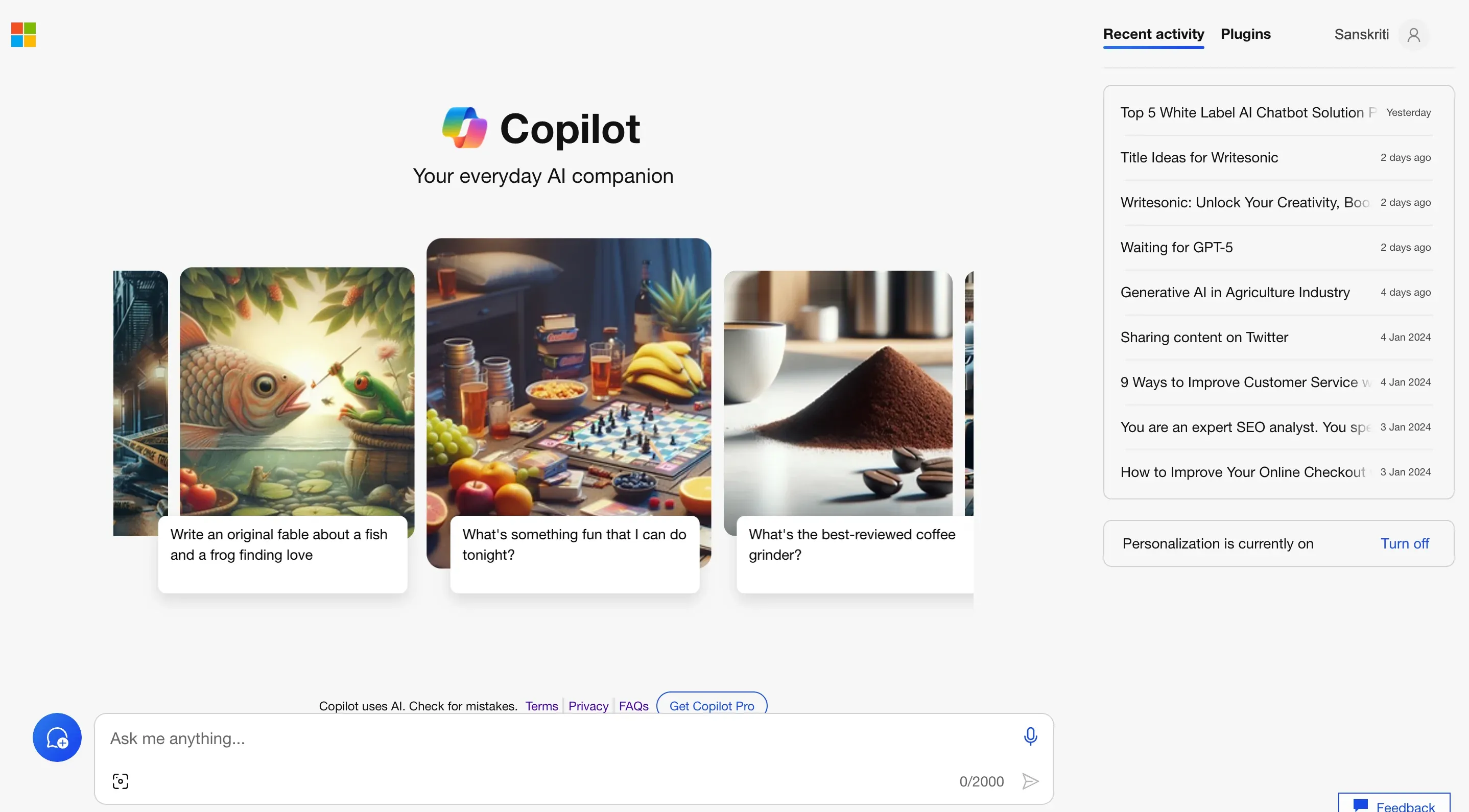
It doesn’t just guess; it’s powered by a ton of data and AI, learning from a vast library of code to make smart suggestions.
How it works is pretty simple. As you start typing, Copilot jumps in, predicting the next piece of code you might need. It's not just about completing lines; it can help draft entire functions, understand coding languages, and adapt to your coding style over time.
The cool part?
It’s designed to work with a bunch of programming languages and frameworks, making it super versatile. Whether you’re fixing bugs, brainstorming new features, or just speeding through routine tasks, Copilot can help make the process smoother and faster.
So, it’s a bit like having an always-on coding buddy, ready to help you code better and faster, without taking over the whole project.
Setting Up Copilot in Visual Studio
So you want to try out Copilot?
Good news—it's super easy. It exists as an extension, so you literally plug it into the Visual Studio Code (VS Code) you're already using. Let's set it up.
First things first, you need to have VS Code installed. Got it? Cool. Now, find the extensions view icon on the Sidebar, or use the shortcut CTRL + Shift + X. Once you're there, you're looking for the 'Copilot' extension from GitHub Inc. Click on that 'Install' button next to it.
Once it's installed—you'll see an 'Uninstall' button to know it's done—Copilot should start working. No tricky setup, no detailed configuration. It’s designed to be as intuitive as chatting to a friend.
You’ll see it kicking into action when you start coding—it'll provide suggestions, helping auto-complete your lines. The fun part is, the more you use it, the better it gets to know your coding habits, and the more accurate it becomes.
That's it! You've got yourself a coding buddy. Just remember, it helps you navigate but you drive the car.
Suggested Reading-Enhance Visual Studio Development with Copilot
Key Features of Copilot for Developers
Alright, now let's talk about the really fun stuff: how Copilot can help you out as a developer.
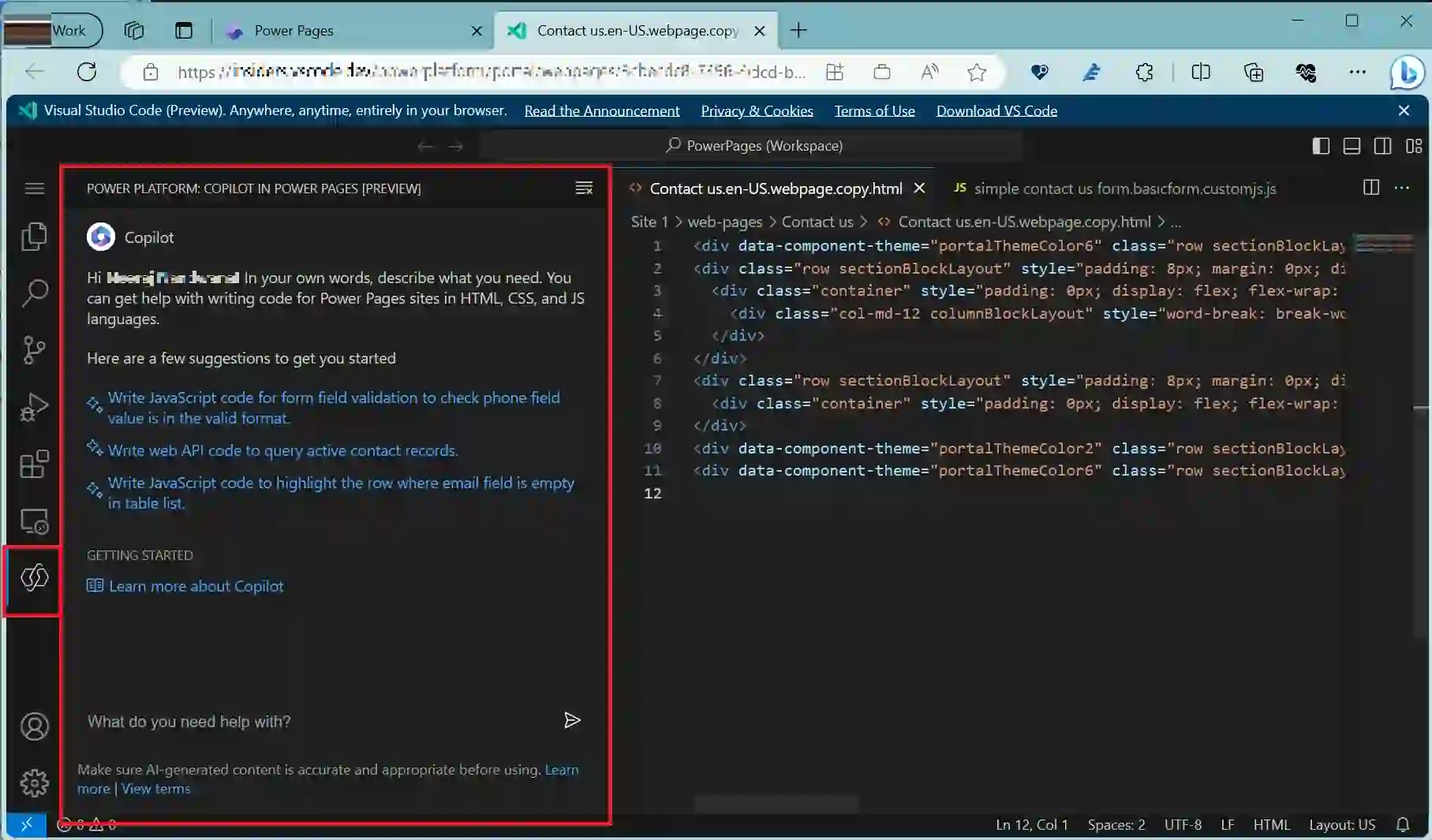
1. No More Typos
You know those pesky typos hiding in your code?
Copilot helps catch and correct them. It’s like spellcheck, except it's for code.
2. Code Completion
Imagine starting a line of code and having Copilot finish it for you. That's exactly what this feature does.
It completes your lines by pulling from its vast range of learned patterns. It’s like those autofill options on your phone, just more geeky and technical.
3. Smarter Suggestions
Here's where the "AI" part comes in. Copilot doesn’t just memorize and regurgitate lines of code. It learns.
It pulls from a library of billions of lines of code to suggest that next function you're trying to write. And the more you use it, the better it gets at knowing what you might need.
4. It "Speaks" Your Language
Another impressive feature is its ability to work with varying languages and frameworks. Whether your jam is JavaScript, Python, TypeScript, or Ruby, Copilot can speak your language.
Yes, even that obscure one. It's comfortable in over 50 programming languages.
5. Generate Whole Bits of Code
Not just a sentence ender, Copilot generates entire bits of code like loops and functions. Don't worry; it's not going rogue on you. It'll only generate if it's confident in the solution.
6. Code Documentation
As much as we might not like it, we need to document our code. No worries – Copilot’s got your back there too. It provides helpful suggestions for documenting your functions.
It's like having a trusty sidekick who is there to help you out, learn from you, and push you to code better.
Practical Examples of Copilot at Work
Let’s dive into when Copilot is a real game changer.
We’ll look into real-life examples of Copilot working and helping professionals in this section.
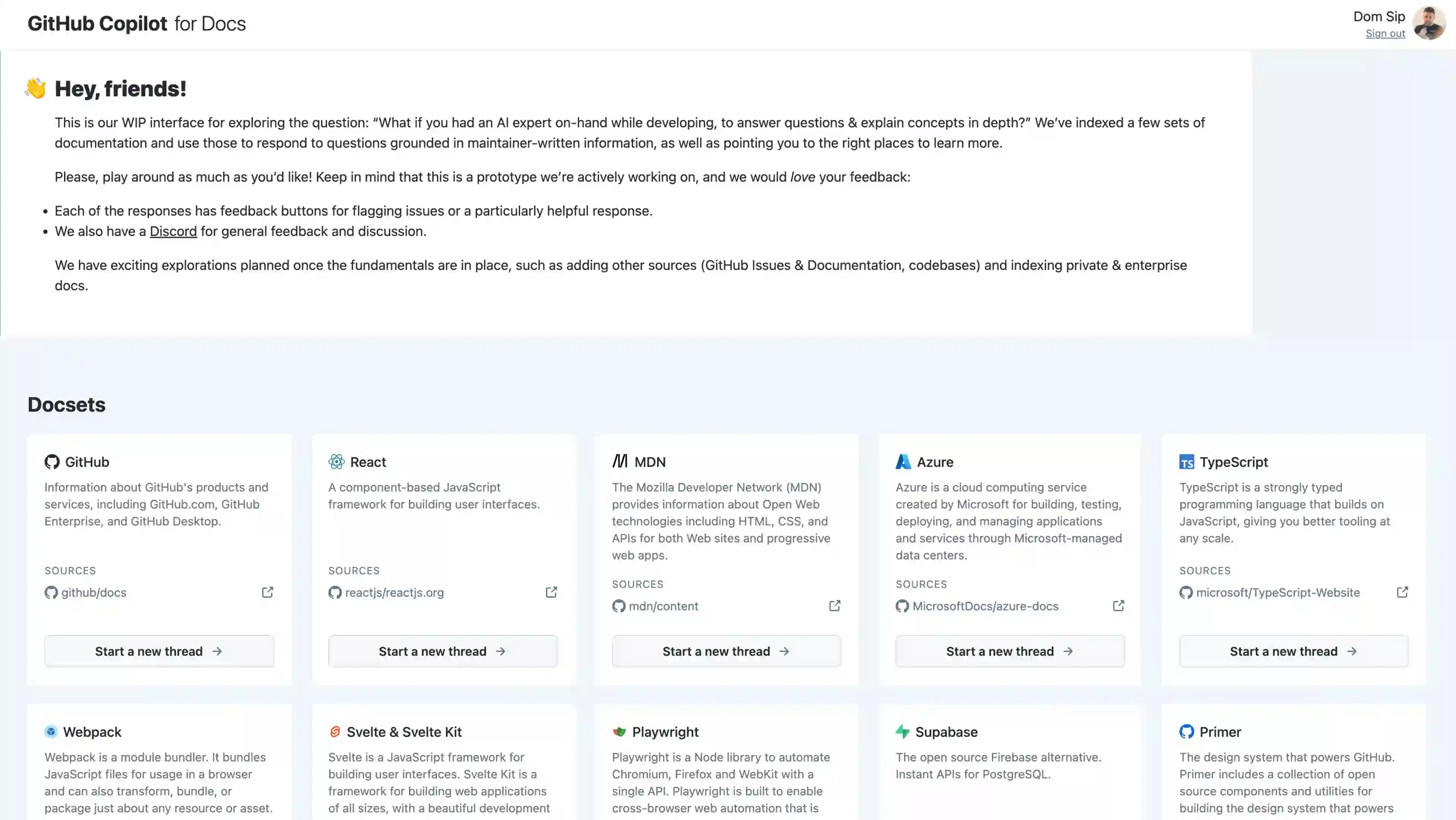
1. Writing a For Loop
Say you’re coding and want to loop over a list of items. You type for, and before you can blink, Copilot rolls out the entire loop structure for you.
It knows the score – how you likely loop through arrays in your preferred style. Just add your specific variables, and you're golden.
2. Creating a New Function
Here's where it shines. You start writing a function to calculate, let’s say, the average of numbers.
Type function calcAverage, and bam—Copilot suggests a neat, well-organized function. Complete with parameters, the math to calculate the average, and even the return statement.
3. Catching Up With Best Practices
Let’s imagine you're dusting off some rusty skill, say, working with new features in C#. As you write, Copilot nudges you.
It suggests more efficient ways to use these features, ways you might not even know yet. It’s schooling you on best practices while you’re coding.
4. Handling API Requests
Web developer?
You’ll appreciate this. When you’re setting up an API request, Copilot often knows what you’re after.
It helps set up the whole XMLHttpRequest or fetch syntax. Complete with error handling! Just tailor the endpoint, and you're good to go.
5. Debugging Legacy Code
Finally, there's that old, somewhat spaghetti-like project. You’re trying to decode what’s happening in an old function.
Begin commenting on what you think it does, and Copilot starts suggesting comments that accurately explain the bits you’re unsure about. It's like having another developer back you up, deciphering the old magic spells in your code base.
It feels like Copilot isn’t just a tool; it’s another developer in the room who's got your back.
Tips and Tricks for Maximizing Efficiency with Copilot
Alright, you're up and running with Copilot. But, let's not stop there. You know how you can make it even more awesome for you? With a few smart moves here and there.
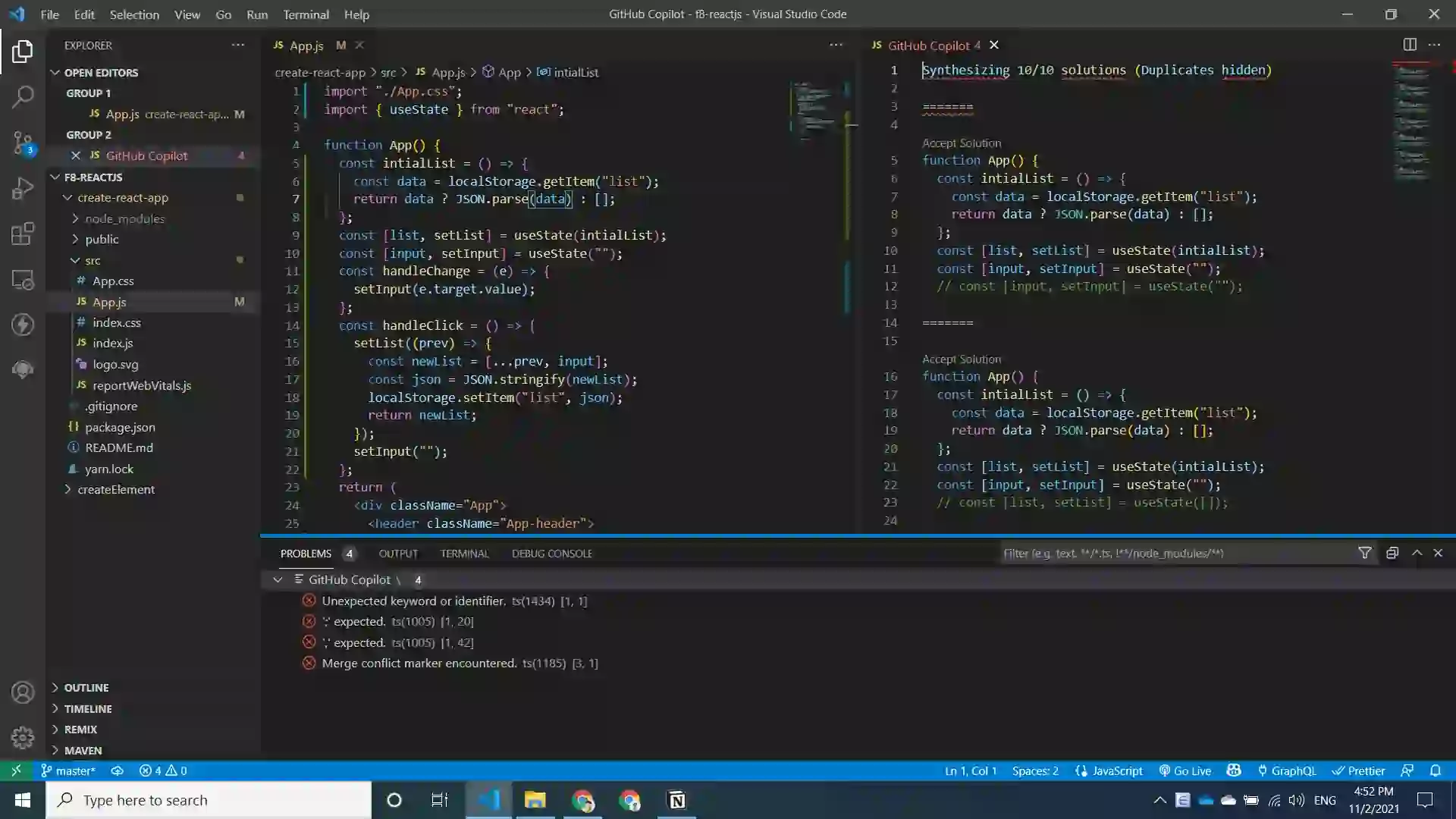
Unleash the full potential of Copilot with these neat tips and tricks. Trust me, they'll make your coding sessions more fun and efficient.
Ready? Let's dive in.
- Work With It
Give Copilot as much context as possible. Write descriptive function names, useful comments, and good variable names. This helps Copilot understand what you’re working on, providing better suggestions.
- Question Its Suggestions
Copilot learns from raw code, with no comments or context. So, sometimes it might suggest a piece of code that doesn't quite fit your context. Always double-check the suggestions.
- Practice Makes Perfect
The more you use Copilot, the better it adapts to your coding style. Use it on daily basis for writing your code. This seriously amps up the quality of its suggestions over time.
- Don’t Switch Off Your Brain
Copilot is there to help you, but you're the one in charge. Don't rely on it for everything. It’s not a replacement for clear thinking and manual coding.
- Use it for Learning
It isn’t just for speeding up coding. If you’re learning a new language or feature, watch what Copilot suggests. It presents you with proper code syntax and might introduce you to some new approaches.
- Know Its Multi-Language Skill
Remember, Copilot is good with many different coding languages and frameworks. Utilize it fully by using it with various types of projects and tasks.
- Push It to Its Limit
Don't hesitate to take Copilot out of its comfort zone. Try to use it with complex tasks. This helps you understand its limits and potential, helping you make the best use of it.
Limitations and Ethical Considerations
Copilot is pretty cool, there’s no doubt about it. It's like having a second pair of eyes that never blink. But like all tech, it has its limitations.
Plus, there’s always the big elephant in the room - ethics.
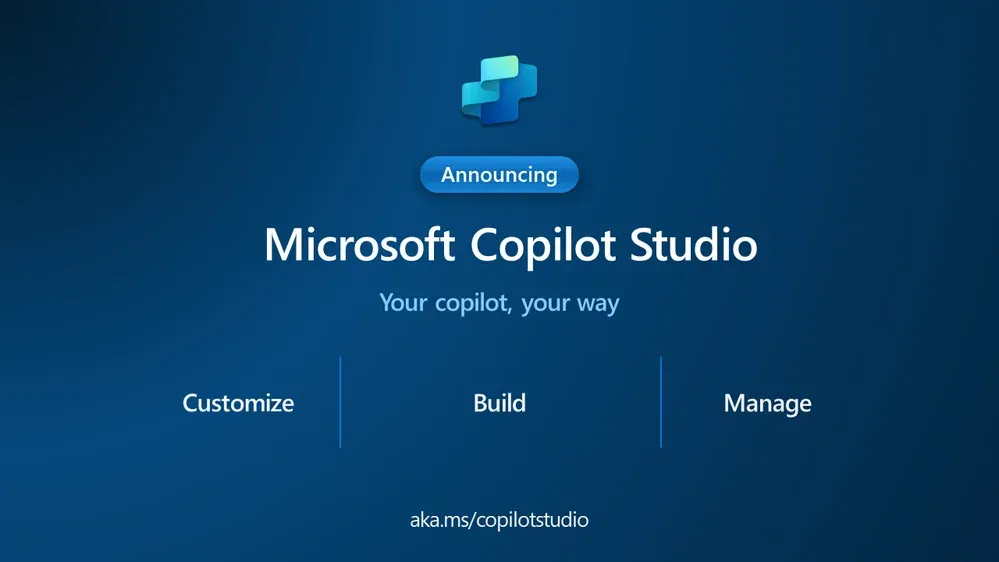
Let's not sugar coat this. It's important to understand where Copilot falls short and the ethical considerations tied to its use.
So, here’s the rundown:
- Not Perfect
First off, Copilot does not produce perfect code. It might generate code that is syntactically incorrect or inefficient. Always review its suggestions.
- Lack of Context
Copilot doesn't understand the bigger context. If you're working on a larger system or project, the suggestions may not necessarily align with your specific needs.
- Ethical Constraints
Aside from the technical limitations, there are significant ethical considerations. Copilot is trained on public code repositories, which means it could theoretically duplicate another developer's code without attributing them.
- Data Privacy Issues
Copilot needs data to learn. Therefore, there is the possibility of it learning from sensitive code repositories, albeit the developers ensure that data is anonymized and specific pieces of code are not replicated.
- Bias
The suggestions provided by Copilot mimic patterns in the data it was trained on, which can propagate biases in coding styles or in the use of certain languages or libraries. The developers caution the users to consider such biases.
- Limited Languages
While it does understand quite a few languages, it's not adept with all. It surely favors some languages over others.
- License Worries
Lastly, given that it’s based on repositories across the internet, it might not respect license boundaries.
It's important to keep these in mind. Copilot is a tool - and like all tools, it’s how you use it that really matters.
Conclusion
So there you have it. Copilot is like having a coding buddy who’s there to lend a hand, whether you're zipping through a project or learning something new. It’s not perfect but, hey, it makes a coder’s life a bit easier. And isn’t that something?
Remember, though, it's a tool. The brilliance of your code still comes from you, your logic, and your creativity. Use Copilot to augment your skills, not replace them. Test its suggestions, learn from them, but make the final calls yourself.
Lastly, keep those ethical considerations in mind. It's important to use Copilot responsibly, respecting other developers' work and privacy. Happy coding with your new sidekick!
Frequently Asked Questions (FAQs)
Can I customize Copilot's suggestions to better match my coding style?
Absolutely. While Copilot learns from your coding patterns over time, actively giving feedback on its suggestions helps tailor its future recommendations.
Is it possible to use Copilot offline?
No, Copilot requires an internet connection to access its vast database and generate code suggestions.
How does Copilot handle different coding standards or best practices?
Copilot adapts to various coding standards by learning from the vast array of code it's trained on.
Best practices emerge through its suggestions, but it's up to the coder to adhere to their specific project or company standards.
Can Copilot help me understand complex code written by others?
While its primary function is to assist in writing code, its suggestions can offer insights into complex code snippets by providing alternative approaches or simplifications.


